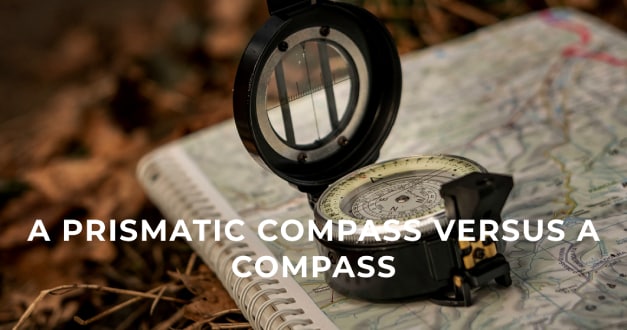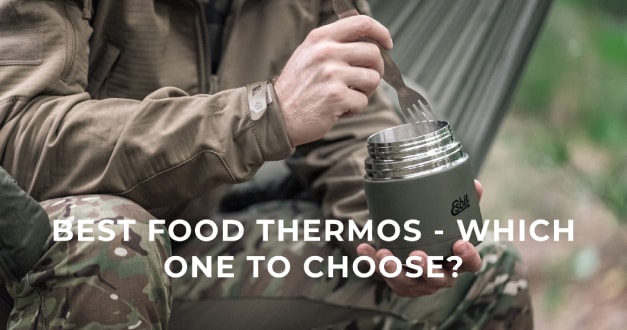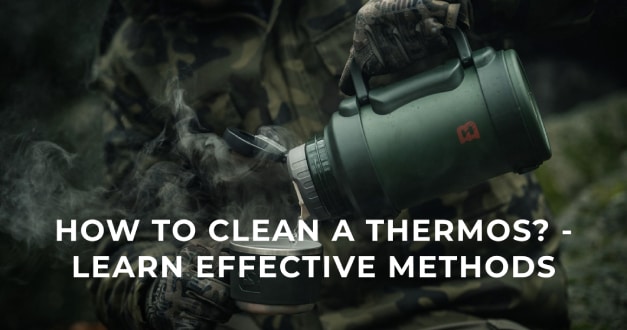How to equip a first aid kit for different circumstances? - Guide
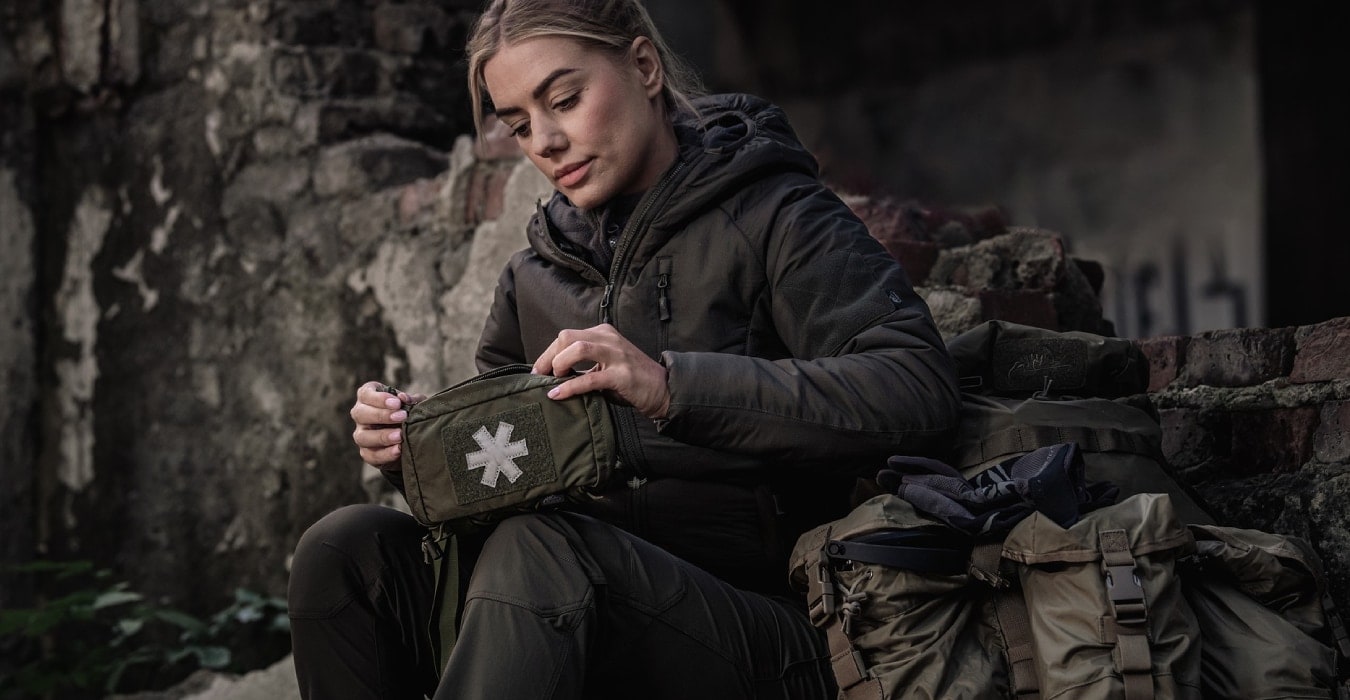
An appropriately equipped first aid kit allows for effective first aid, which can be crucial in emergency situations when every second counts. Having complete, well-chosen medical accessories in the first aid kit increases the chance of effective help and minimizes the risk of worsening the victim's condition.
Read our article and find out what should be in a first aid kit depending on the circumstances. Did you know that even the absence of one element in the first aid kit can hinder providing help? Check what is worth adding to the first aid kit to ensure full preparation for any eventuality. Also, find out what a first aid kit should not contain.
What should be in a home first aid kit?
The home first aid kit should be tailored to the needs of all household members, taking into account their age, chronic diseases, and existing allergies. It is worth getting acquainted with the recommendations on government websites, which indicate which elements should be in every home first aid kit.
According to recommendations from the government portal GOV, the basic equipment of a home first aid kit should include:
- painkillers and fever reducers,
- thermometer,
- cold and cough medicines,
- anti-diarrhea, flatulence, and constipation medications,
- wound disinfection agents,
- locally applied agents in case of injury, such as gels for bruises or swelling,
- dressings (bandage gauze, bandages, plasters, sterile compresses, gel compresses,
- disposable gloves,
- scissors for cutting bandages, dressings.
Additionally, it is also worth equipping the first aid kit with agents such as allergy medications or soothing and relief products for insect bites. It is also advisable to have a blood pressure monitor, as well as remedies for mild sunburns.
You can also add other elements to the home first aid kit, such as a safety pin (used, for example, to make an improvised sling from clothing) or a hand disinfectant. It is also worth considering supplementing it with a wound disinfectant, such as the popular Octenisept, which is commonly used for minor cuts and abrasions.
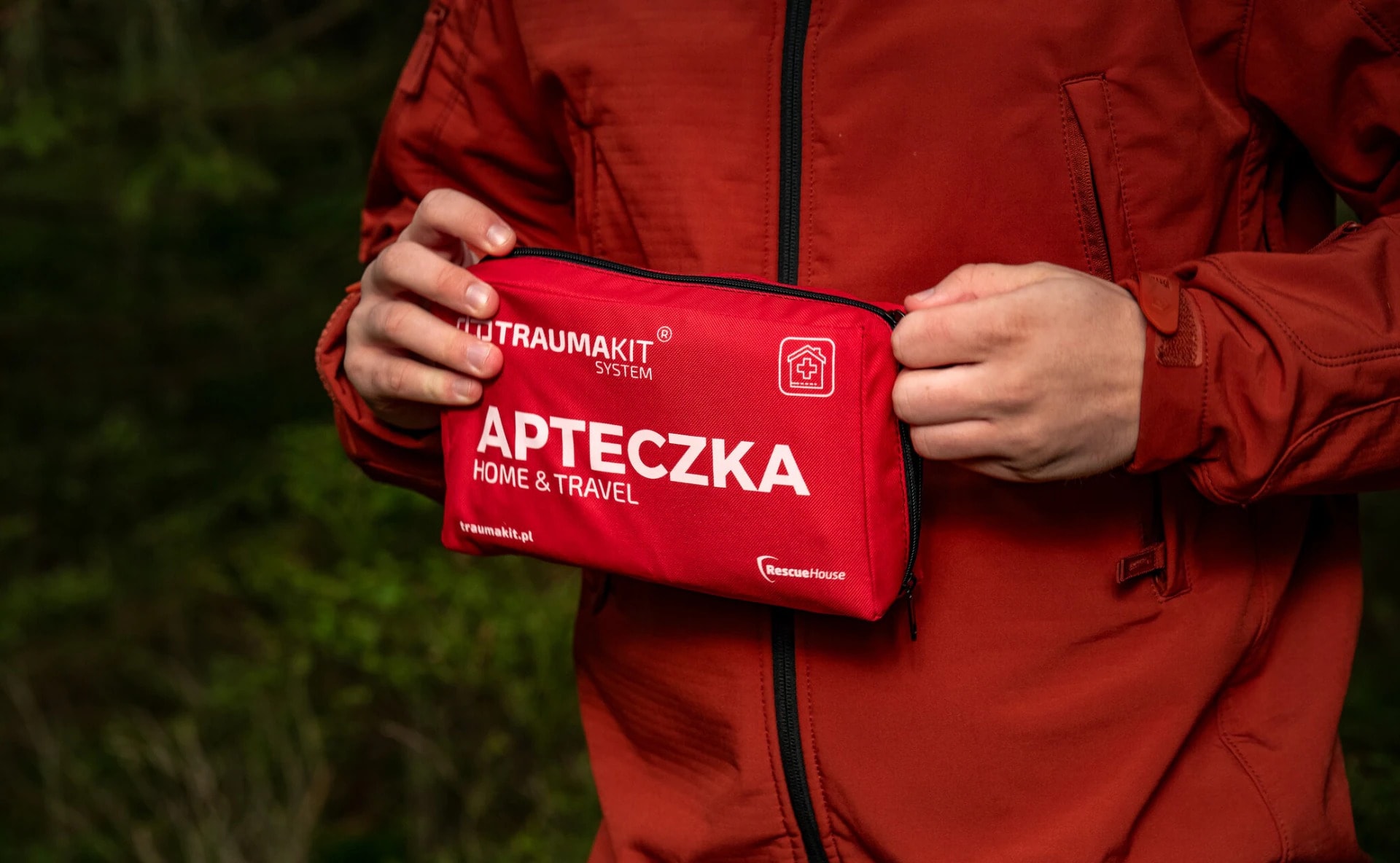
What should a car first aid kit contain?
In the United Kingdom, there is no legal requirement to have a first aid kit in a private vehicle. Although the law does not mandate it for personal vehicles, having a first aid kit significantly facilitates quick and effective action in a crisis situation. What should a car first aid kit contain? Example equipment according to the DIN 13164 standard:
- adhesive tape 5 m x 2.5 cm – 1 pc.
- finger wrap 4 x 6.5 cm – 2 pcs.
- plasters with dressing 10 x 6 cm – 4 pcs.
- finger plasters 12 x 2 cm – 2 pcs.
- plaster with dressing 1.9 x 7.2 cm – 2 pcs.
- plaster with dressing 2.5 x 7.2 cm – 4 pcs.
- individual dressing k 6 x 8 cm – 1 pc.
- individual dressing m 8 x 10 cm – 2 pcs.
- individual dressing g 10 x 12 cm – 1 pc.
- bandage cloth 60 x 80 cm – 1 pc.
- compress 10 x 10 cm – 6 pcs.
- rescue blanket or nrc foil 160 x 210 cm – 1 pc.
- elastic bandage 6 cm x 4 m – 2 pcs.
- elastic bandage 8 cm x 4 m – 3 pcs.
- triangular bandage 136 x 96 x 96 cm – 1 pc.
- alcohol wipes for disinfection – 2 pcs.
- scissors 14.5 cm – 1 pc.
- vinyl gloves – 4 pcs.
- three-layer protective mask – 2 pcs.
- mouthpiece for artificial respiration – 1 pc.
- reflective vest – 1 pc.
- first aid instruction – 1 pc.
- collision/accident report form – 2 pcs.
Of course, every driver can customize the first aid kit to their own needs. However, remember to regularly check its contents to ensure that nothing is missing and that it does not contain expired products.
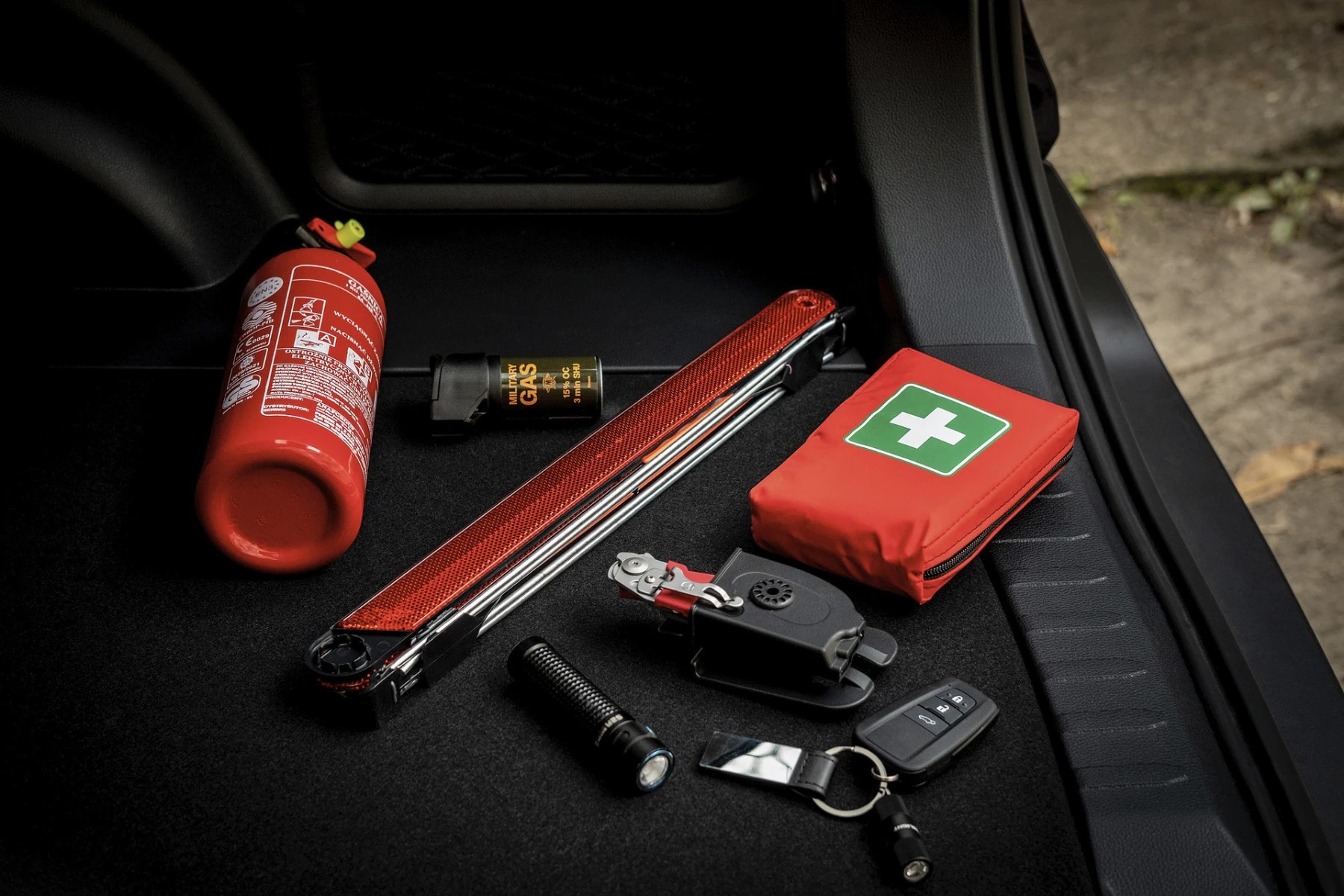
Tactical first aid kit equipment - what should be in it?
Tactical first aid kits are intended for soldiers, uniformed services, as well as civilians who need such a model, for example, at the shooting range. They are also popular among survival and bushcraft enthusiasts. Unlike home first aid kits, their equipment includes specialized products adapted to operate in difficult conditions, such as a tourniquet for stopping massive bleeding. Two main types of tactical first aid kits can be mentioned: IFAK (Individual First Aid Kit) and IMED (Individual Medical Equipment).
IFAK is an individual first aid kit, originally designed for the American military. Although there is no single universal list of IFAK equipment, the standard set should include elements that are necessary for providing aid in emergencies. Typical equipment for a tactical first aid kit may include:
- plasters,
- bandages in various sizes,
- sterile compresses,
- dressings (Israeli, hydrogel),
- tactical tourniquet or pressure band,
- saline solution,
- antiseptic or hydrogen peroxide,
- disposable gloves,
- scissors and tweezers,
- nrc foil,
- triangular bandage with a safety pin.
In the case of a first aid kit used by military services, its composition may be expanded with additional elements such as a hemostatic and occlusive dressing, a resuscitation mask, or a nasopharyngeal tube.
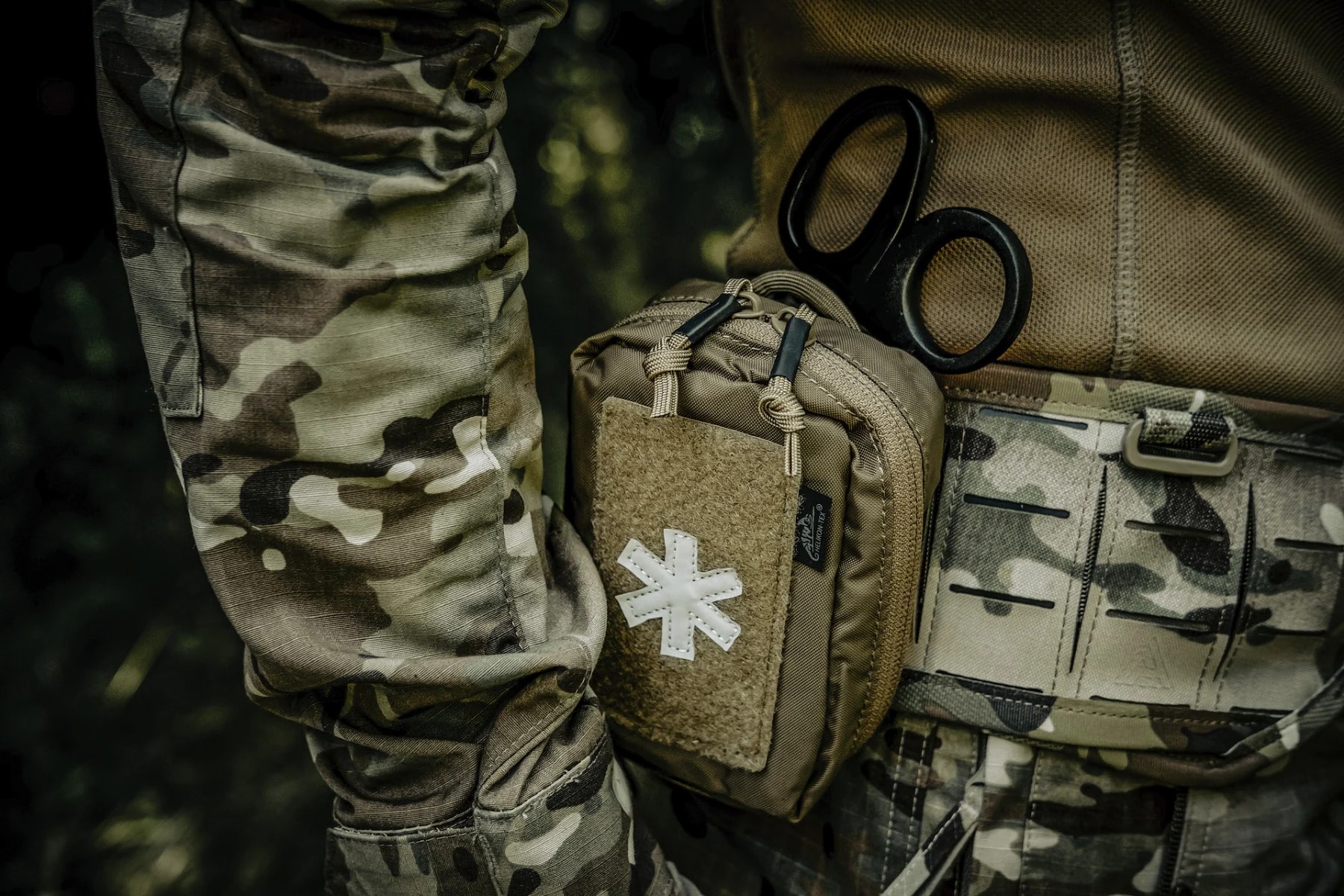
When it comes to IPMED (Individual Medical Package), it is a tactical first aid kit developed for the Polish army, which serves as an individual's medical equipment. Its composition depends on the individual needs of the user, the mission's specifics, and the environment in which it will be used, whether during tactical operations, survival expeditions, or shooting competitions. Originally, the IPMED package was equipped with the following medical means and accessories:
- personal dressing olaes,
- hemostatic dressing celox gauze,
- fill gauze (compressed),
- tactical tourniquet cat (combat application tourniquet),
- valve dressing bolin chest seal,
- nasopharyngeal tube with water gel,
- rescue scissors,
- nitrile rescue gloves,
- auto-injector with morphine sulfate (for pain relief).
What should a first aid kit not contain?
A first aid kit should contain the necessary means for saving health and life and should not be equipped with expired substances - medications or dressings. It is important to regularly check its contents and keep all elements in a usable state.
As for workplace, school, or public first aid kits, it is not recommended to store medications in them (e.g., for pain, allergies). Sometimes the injured person may be allergic to some component contained in the medicine. Medicines should not be stored in the car either, because high temperatures in summer and low in winter can weaken their effectiveness.
However, you can store medicines that you use daily (e.g., for chronic diseases) or sporadic pain relief medications in a private home first aid kit — provided they are properly labeled, stored away from children, and their expiration dates are regularly checked.
First aid kit offer at MILITARY.EU
If you are looking for a first aid kit, take a look at our MILITARY.EU store offer. We offer a wide range of models that will work in different situations. You will find both fully equipped first aid kits and variants for you to complete by yourself.
We offer home, car, tactical, tourist, bicycle first aid kits, and many others. They are made of durable, damage-resistant materials, available in various colors and sizes. We propose brands such as: Mil-Tec, Direct Action, AedMax, or Helikon.




















